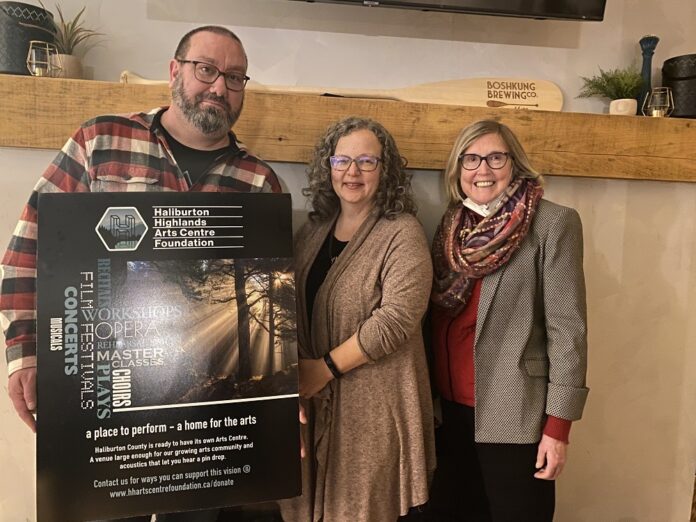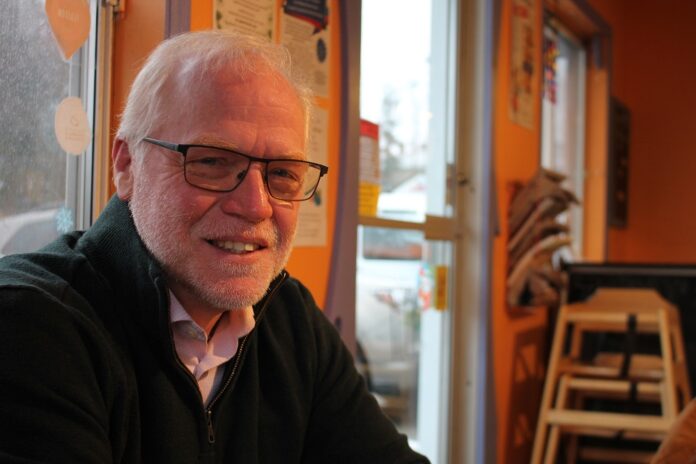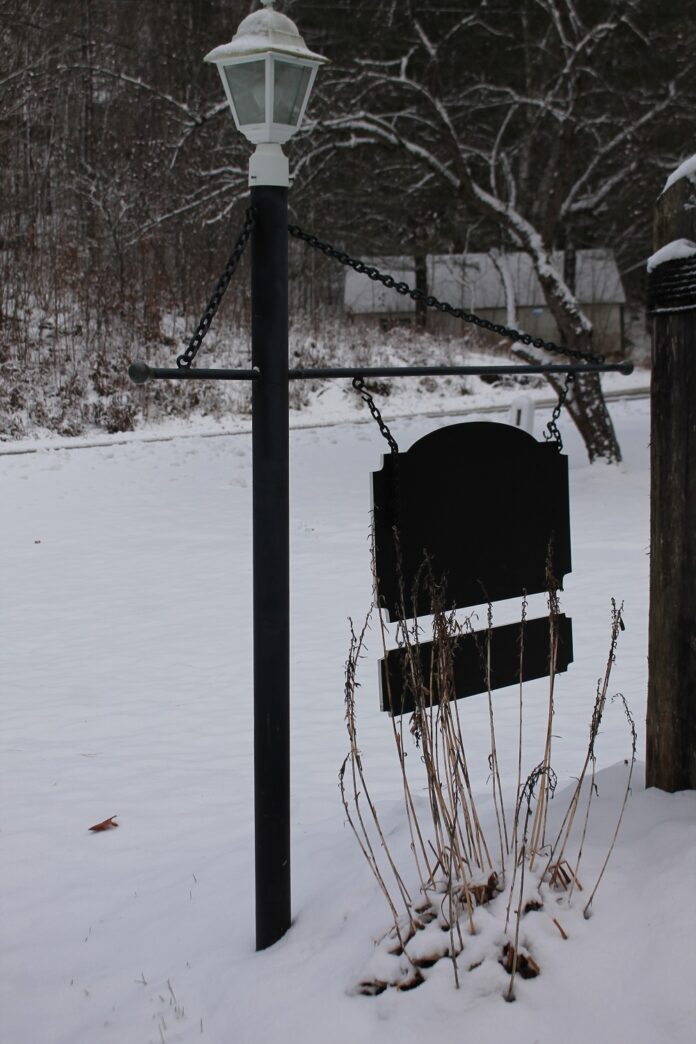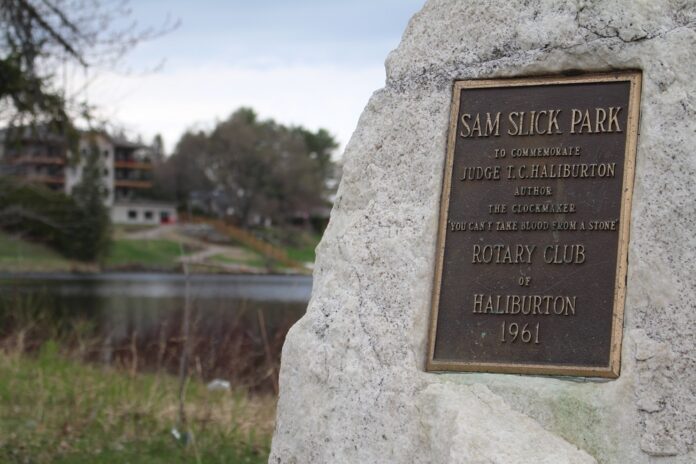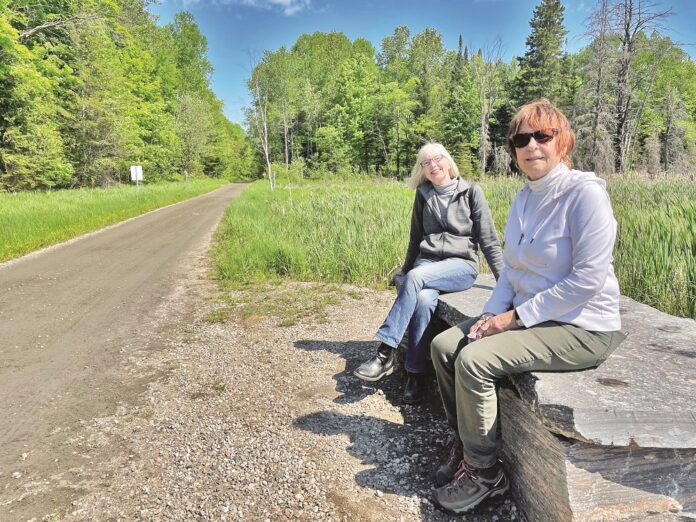Spending part of his youth in North Bay, new County of Haliburton CAO Gary Dyke said he was partially drawn to the top Highlands municipal job by the lure of returning to rural Ontario.
In recent years, he’s worked for some big municipalities, including North Grenville, the City of Kingston, the City of Cambridge, and Quinte West.
But what he has never done is work for an upper-tier government. The County of Haliburton is an upper-tier government to the lower-tier governments of Algonquin Highlands, Dysart et al, Highlands East and Minden Hills.
“I’m a rural person at heart. I grew up in northern Ontario. I like the rural side of things,” Dyke told The Highlander. “I’ve done rural. I’ve done large urban, and this seemed like a natural progression. The big draw was working at the upper-tier, which I hadn’t done before. So, let’s try something different.”
He said the contrast between being a city manager in a place such as Cambridge, with 145,000 people, versus a County with 20,000 permanent residents is it is more hands-on.
“I would spend 95 per cent of my day going from meeting to meeting to meeting to meeting and when you get into the smaller municipalities it’s much more tangible. You can physically say ‘I’ve done something’; you’re working on a specific thing versus just oversight.”
He’s also gone from a city of 113 sq. kilometres in Cambridge to a County of more than 4,000 sq. kilometres. He’s wrapping his head around that but it is not completely new.
“It’s what I remember of northern Ontario, or the near north, growing up as a kid. A lot of small communities. It’s about identifying how that positive actually leads to the challenges in today’s organizational piece, with the finances and operational needs and stuff like that, and expectations,” he said.
While he is still getting a handle on some of the challenges facing Haliburton County, he said from a 30,000-foot level, they’re similar to what other regional and rural Ontario towns are facing, namely resources, finances, and attracting and keeping employees.
He said one strength he brings to the job is organizational management. That’s allowed him to form contacts in the public and private sectors. He’s been a Rotarian. He’s always connected with BIAs, the building and development community. He said he has successfully used those contacts’ knowledge and skillset and implemented them in the municipalities he has worked at.
“Which was unheard of when I was starting out. They say the two can’t marry but I think smart ideas are smart ideas. You have to work together to be successful.”
He has been an economic development officer and has a planning background.
“Everything you do has an economic impact, from policies you pass, to your taxes, to your finances. I don’t partial it off as this is economic development. This is my mindset, when you are putting things together, give thought to who are our customers, what are their needs, how do our regulatory responses mesh with their needs so you’re creating a package that makes sense.”
He added he is a collaborative manager, involving everybody in an organization. “Use that knowledge and that information to leverage the strength around you to hopefully create policies and operational things that make sense.”
He is already rolling up his sleeves, reviewing the services delivery review.
“The next step is really going through and quantifying and monetizing those implementations… you have to prioritize them. It would be nice to do everything today but one, you don’t really have the capacity to do it and, two, people are still doing their core job. You throw change on top of it, it’s more work. You have to balance that piece out.”
Dyke said this is likely his last municipal job. “I’m a five-year guy in a sense. I believe people in my position; five years is a pretty good number. You can go beyond but you have to evaluate if you are still making positive movement in the organization. A friend and I say we never want to become custodial CAOs where all you’re doing is keeping the lights on. As long as I’m bringing value, that’s my goal.”





